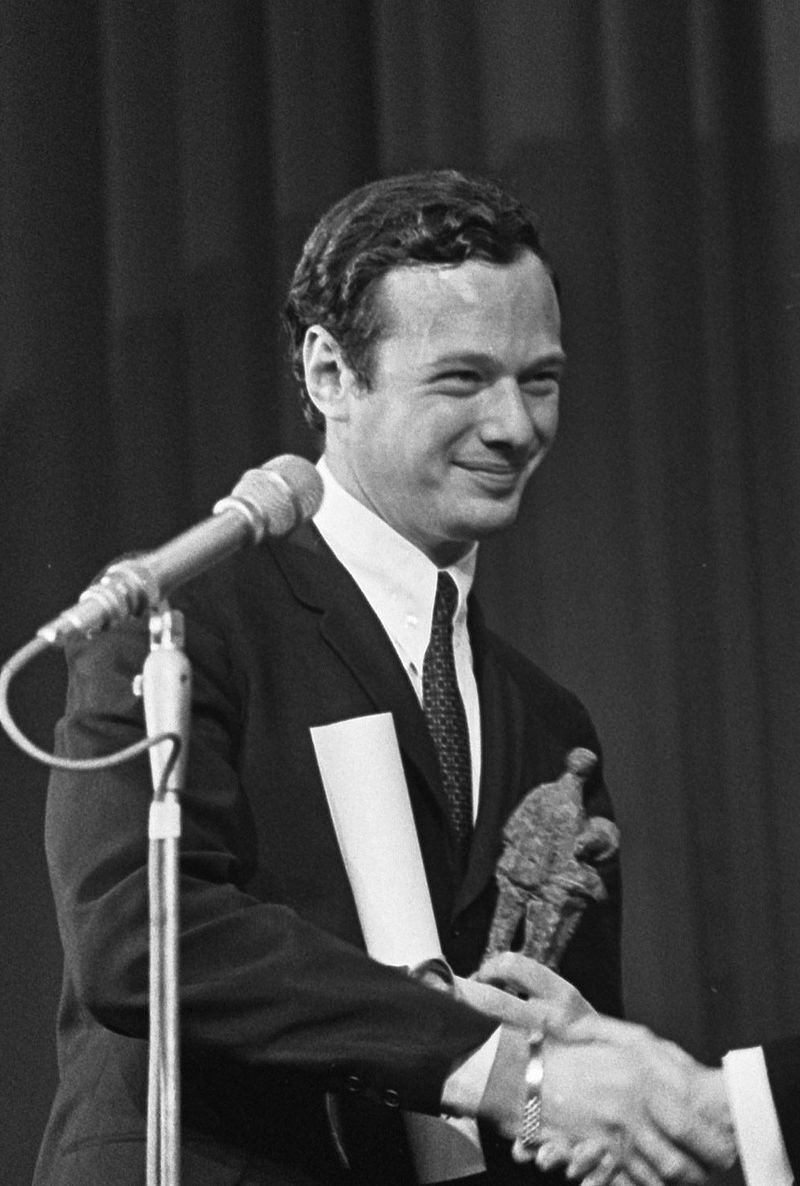His first task was to recast their image. He had their hair styled, and took them out of the leather jackets and put them into finely tailored mohair suits. On stage, he insisted that they look and act like professionals. They started showing up to gigs on time, stopped drinking and smoking on stage, began to play from a set song list and added an endearing polite bow in unison at the end of each performance. “I think the [RADA] theatre training—and Brian’s immersion in pop at the record store—is what made him aware of the potential for the group—style, clothing and so on,” says Alan Swerdlow, a friend of the Epstein family.
Next, Epstein began making trips to London to pitch the Beatles to record companies. But landing a record contract was a formidable challenge. Epstein had to convince the major labels in London to even consider looking at Liverpool for talent. “It was Epstein’s credibility as a major record retailer that got anyone to give him the courtesy of a listen at all when he was first trying to get the Beatles a contract,” says Geller. “His retail business was important to them.”
The Beatles were rejected by nearly every major label. “The boys won’t go, Mr. Epstein,” Epstein recalled Decca executives telling him. “We know these things. You have a good record business in Liverpool. Stick to that.” Only his polished manner and persistent follow-up kept the process going.
“John and I used to wait at Lime Street Station in a little coffee bar called the Punch and Judy,” Paul McCartney told Geller. “We used to wait for Brian arriving back from London, and when he’d come in we’d take a look at his face to see if the news was good or bad, and it was bad. It was always bad. He’d be, like, ‘Sorry.’ We’d go, ‘Oh,’ and we’d have a cup of coffee and discuss what had happened. He would just say, ‘You know, people aren’t generally interested. You know, it’s going to be a hard sell.’”
But Epstein wasn’t so easily dissuaded. Nerve-wracking as the search was, he continued his pursuit, all while maintaining his responsibilities at NEMS.
Although they were as supportive as usual, his parents were afraid that their eldest son, having finally become a responsible businessman, was foolishly risking his career on behalf of four non-entities. They were troubled by his foray into Liverpool’s raucous and less-than-respectable music scene. Their concern was warranted. Epstein’s intense commitment to the Beatles did have its dark side according to Epstein friend and business associate Peter Brown. “This is when he started taking amphetamines,” Brown told Geller.
The Beatles got their big break when Epstein was introduced to the music publisher for EMI Company at a record shop in London. Although the group had already been rejected by three of the four main labels at EMI, the publisher—Sid Coleman—directed him to George Martin, the producer and A&R [artist and repertoire] director of the fourth and smaller jazz and comedy label—Parlophone. Martin was impressed with the young manager. “[Epstein] certainly wasn’t cast in the mould of hardened professional. He seemed to be a little bit ingenuous but he was fresh,” Martin has said. “I liked him. I thought he was good and I was persuaded by his enthusiasm.” This meeting led to the Beatles’ first test recording session on June 6, 1962, less than six months after Epstein had signed on as their manager.
Martin liked what he heard and offered to sign them, with one proviso: He felt Pete Best’s drumming wasn’t up to par and planned to use a studio drummer. That clinched a growing desire by Lennon, McCartney and Harrison to replace their band mate, and they left it to their manager to deliver the news. On August 16, 1962, Pete Best was out and Ringo Starr, the drummer for another popular Liverpool band—Rory Storm and the Hurricanes—was in.


One thought on “Brian Epstein: The Man Behind the Beatles”